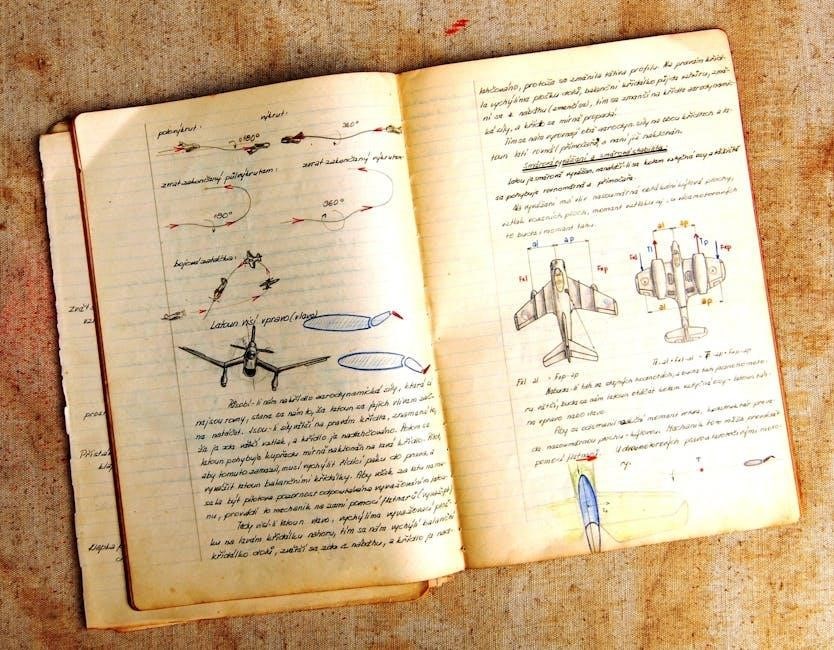Citing user manuals is an essential skill for anyone conducting research, particularly in technical or academic fields. User manuals, whether for software, hardware, or other devices, often contain valuable information that can support your arguments or provide critical instructions. However, citing these documents correctly can be tricky, as they may not fit neatly into traditional citation categories. This section will guide you through the basics of citing user manuals, focusing on the APA (American Psychological Association) style, which is widely used in academic and professional settings.

When citing a user manual, it’s important to understand that the structure of the citation depends on the type of manual and its authorship. If the manual is authored by an individual or a company, it should be treated similarly to a book. However, many user manuals are published without a specific author, in which case the organization or company that produced the manual is considered the author. This is a key principle in APA citation style, as it emphasizes the importance of identifying the source of the information.
One of the most critical aspects of citing user manuals is ensuring that you include all the necessary elements in your reference list. According to the APA Publication Manual (7th edition), a reference for a user manual should include the following components: the author (or organization), the publication year, the title of the manual, and the publisher; If the manual is accessed online, you should also include a URL or DOI (Digital Object Identifier) to direct readers to the source.

For example, if you are citing a user manual published by a company like Apple, your reference might look like this:

Author, A. A. (Year). Title of manual (Version number). Publisher.
If the manual is accessed online, the reference would include the URL at the end:
Author, A. A. (Year). Title of manual (Version number). Publisher. URL

In cases where the manual does not have a clear author, the title of the manual moves to the author position in the reference list. For instance:

Title of manual (Version number). (Year). Publisher. URL


In-text citations are another important aspect of APA style. When referencing a user manual within the text of your paper, you should include the author and the year of publication in parentheses. If the manual does not have an author, the title is used in its place. For example:

(Life Fitness, 2006, p. 13)
If the manual does not have page numbers, you can omit the page number from the in-text citation.
It’s also worth noting that APA style recommends including the version number of the manual if it is available, as this can help readers locate the exact source. Additionally, if the manual is part of a larger series or collection, you should include that information in the reference list.

When citing online user manuals, it’s important to ensure that the URL you provide is stable and will remain accessible to readers. If the manual is likely to be updated or moved, you may want to include a DOI instead of a URL, as DOIs are more permanent.



